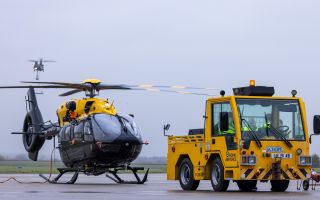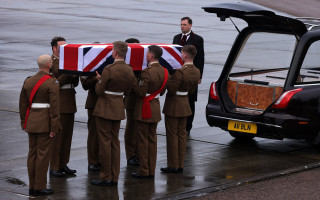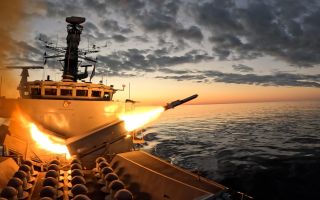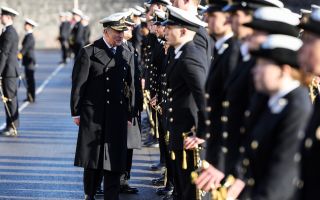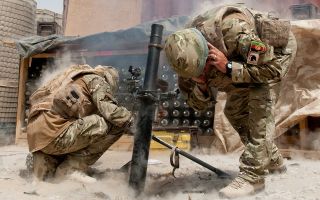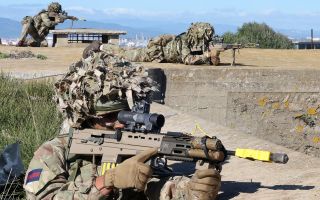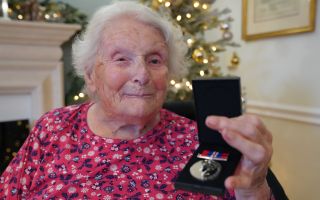Tri-Service
Everything You Need To Know About HMS London
After a gun carriage was sucessfully recovered from the wreck of 17th century warship HMS London this week, we take a look at some of the most interesting facts surrounding the historic vessel.
•Launched in 1656, the London was a 64-gun, ship of the line of the Royal Navy, a warship used from the 17th to mid-19th century.
•She was built to take part in the ‘line of battle’, a naval tactic where two opposing warships would draw alongside one another before firing their broadside cannons.
•London was a ‘second-rate’ ship, which didn’t imply inferior quality, but rather that she was smaller and cheaper than the three-deck ‘first rates’.
•Both types fought in the line of battle, but the first rates were thought too valuable to risk in distant waters, so the second rates often served as flagships in major overseas stations.
•They also had a reputation for poor handling and slow sailing.
A contemporary painting of HMS Royal Katherine, a second-rate ship launched eight years after London
•She could carry 1,104 tons, was 123 ft 4 in (37.6 m) along the keel and her hold extended 16 ft 6 in (5.0 m) below the main deck.
• She became famous as one of the ships that escorted Charles II from Holland back to England during the English restoration.
•But in 1665, disaster struck. She was accidentally blown up and sank in the Thames Estuary.
•According to Samuel Pepys, who wrote about the incident in his famous diary, 300 of her crew were killed, with 24 survivors blown clear, including one woman.
•After she was rediscovered in 2008, about 65ft (20m) below the surface, port authorities changed the route of the shipping channel to prevent further damage.
•And the subsequent archaeological misson was the largest ever post-war salvage operation on the Thames.
•Dives made since 2014 have recovered parts of shoes, cabins, a sun dial and hand-made glass windows.

